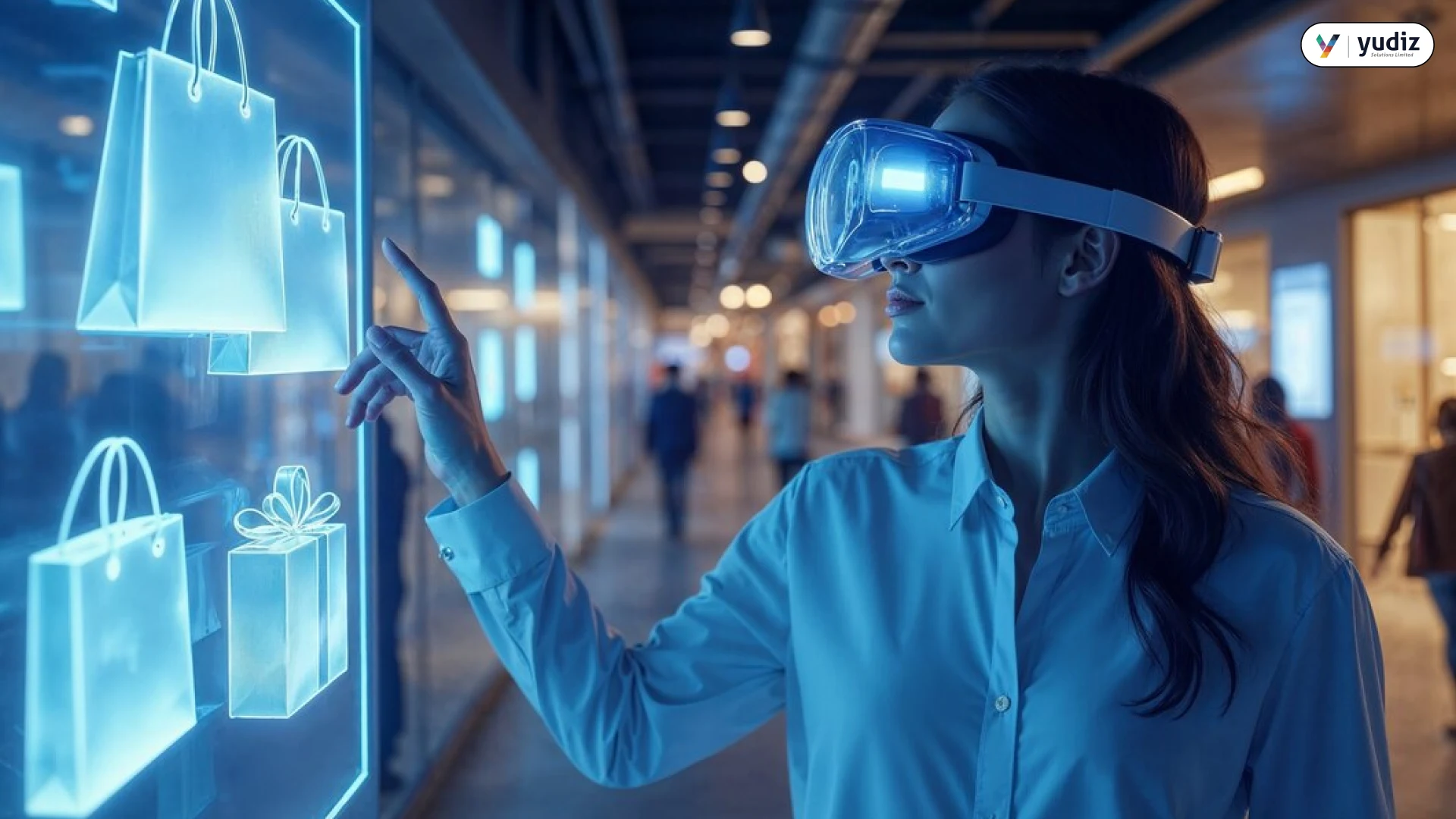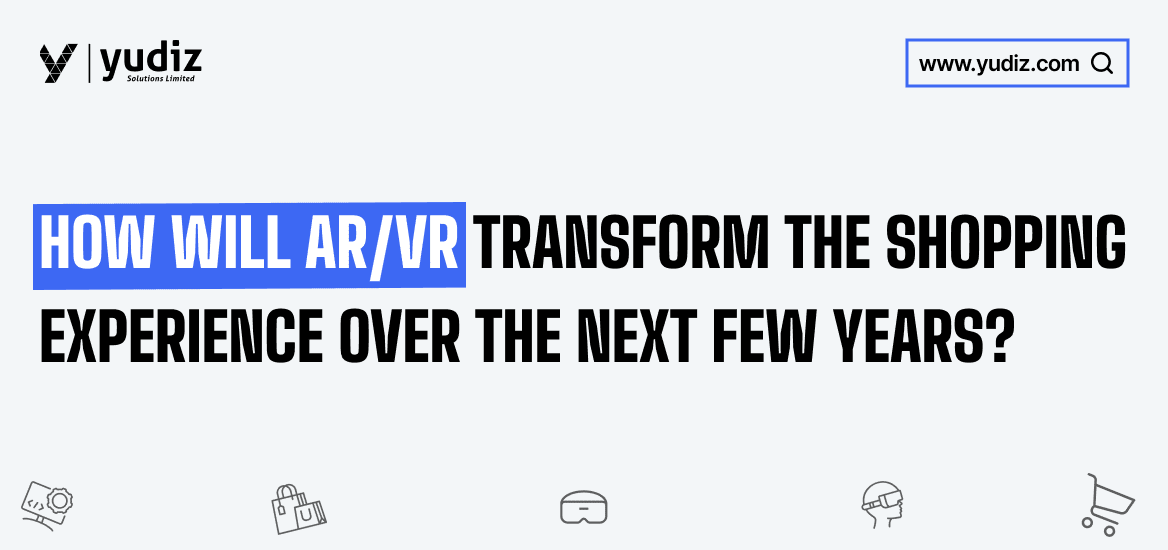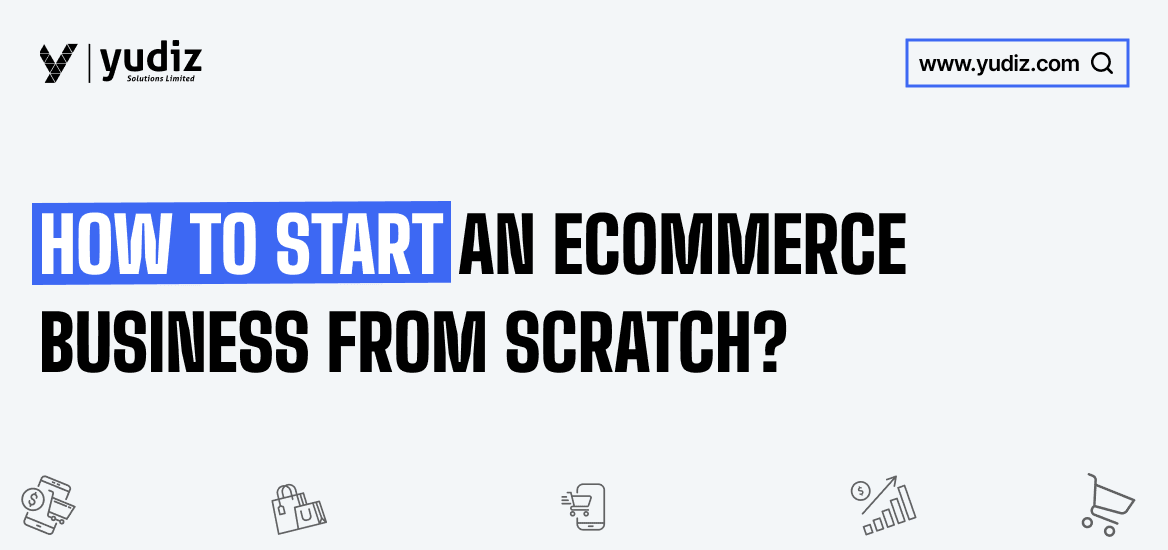Explained Simply25th April 2025
There were days when people used to go to the shop, try the product, and get a feel for its comfort and fitness. But now, the shopping experience has been changed to an immersive one. Many online shopping platforms, like Amazon, Flipkart, and Myntra, have made a tremendous impact on online shopping. There are many advantages for users to opt for online shopping, and most importantly, getting the product delivered to their home with a click.
The advancement of the technologies integrated into online shopping has led to tremendous growth and demand for ecommerce applications. Integrating with different technologies like AI, AR/VR has made an outstanding shopping experience for the users with its exclusive features. Now, AR/VR are transforming the shopping experience and creating a new way of shopping. Let us understand in-depth about transforming the shopping experience with AR and VR.

What Is AR/VR Shopping? A Quick Primer
Integrating AR/VR in the shopping industry offers an immersive and interactive shopping experience to users. AR digitally displays the information, like in the form of 3D models or interactive elements. For example, users can view TV by accessing it through their smartphones about how it fits into the living room. Also, users can try with eyewear, makeup, clothing, etc.
Whereas virtual reality (VR) can interact with the actual product with the help of VR headsets and other devices. Using VR allows the user to experience the product or services as if they are physically present to experience the same. For example, with the virtual showroom, users can experience how the product looks by interacting with virtual devices.
The Rise of Immersive Commerce
The ecommerce platforms are providing the users more than just convenience. With the AR/VR integration into the shopping, users experience more engagement and confidence in buying any of the products. Not only this, they can have a look at the virtual shopping experience, fashion shows, and get engaged with the product. The demand for AR VR solutions is increasing tremendously. And many of the startups and businesses are looking to invest, connecting with an AR VR development company and enhancing their shopping experience for users
Research shows that the e-commerce market will increase by 25% CAGR from 2021 to 2026 by increasing the leads. This AR VR in the ecommerce market will help to increase the profitability and also increase the customer retention rate. Some of the well-known platforms like IKEA, Amazon, etc, are into enhancing the user experience by integrating with AR VR development into their application.
Also Read : Top AR VR Trends and Predictions 2025
Try Before You Buy: Virtual Try-Ons & Product Demos
The concept of try before you buy is becoming more popular nowadays. This provides users with a virtual experience with the product and try it in a virtual environment before purchasing it. It can be any product like clothes, jewelry, makeup, shoes, etc. This lets users know about how the item looks without any physical connection with the product.
- Fashion & Accessories: One of the best examples is a brand like Lenskart. They use AR in their application where users can try on lenses, frames, and spectacles using their smartphones.
- Beauty: The popular beauty brand L’Oréal uses an AR tool to test the makeup shades on the user’s face. This helps them to choose the best and perfect makeup that goes with their dressing style.
- Home Goods: Applications like Amazon, IKEA help users get the best fit furniture in their house with AR VR. Users can choose the perfect one that fits with the style and the space available
There is more development seen in the AR VR, where users can also visualize their kitchen as well. The experience is going to be beyond imagination, which helps the user to make the right decision.
Also Read : How Much Does It Cost to Develop an AR VR App?
Virtual Stores & Metaverse Showrooms
Virtual stores have created a massive transformation in the ecommerce industry. The virtual world allows stores or brands to share their digital spaces and showcase their showrooms using the metaverse. Well-known brands like Nike, Tommy Hilfiger have launched virtual stores. The virtual store is very interactive and stunning, allowing users to browse a number of products and purchase those that suit them best. Along with this, other luxurious brands are merging with virtual stores & metaverse technology.
AR/VR Impact by Industry
AR VR development has made a positive impact in different industries. Different industries have benefited from the integration of AR and VR. Some of them include –
- Fashion: Users can experience personalized fittings, an AR mirror, and make their shopping experience more exciting and engaging. There are fewer chances of getting the product returned as it helps to improve customer satisfaction.
- Home Decor: Integrating AR in home decor allows users to check product dimensions, which helps them to make the best space utilization.
- Automotive Industry: Users do not need to visit the dealers. They can evaluate the vehicles with VR showrooms
- Real Estate Industry: Buyers can view the property virtually, which helps them to make the decision properly.
Benefits for Shoppers and Retailers
There are several benefits AR and VR offer to shoppers and retailers. Some of them are –
For Shoppers –
- Ease of convenience, can shop anytime and anywhere
- Provides confidence in purchasing with trials
- User satisfaction with personalized recommendations & interactions
- Making the shopping experience more engaging & interactive
For Retailers –
- Increase in engagement rate as customers spend more on interactivity.
- Fewer chances of return, as the customer had already tried using VR
- Increase in sales and returning customers who are more likely to buy again
- Maintains brand loyalty, putting retailers ahead in the competition
Also Read : Optimize Performance for Smooth AR VR Development: Tips and Techniques
What’s Next: Future of AR/VR in Retail (2025 & Beyond)
In 2025, AR and VR will have made a massive growth and are going to be more demanding in the coming years as well. Some of the future aspects of AR/VR in retail are as follows –
- Personalization by AI Integration – AR VR interactions with AI-powered will provide a real-time experience to the users.
- Wearable AR Glasses: In the future, wearable AR glasses are going to be integrated into day-to-day life.
- Decentralized Shopping Platforms: Personalized & secured shopping experience with blockchain-powered metaverse platform.
- Feel the Product: Integrated touch-sensitive glove that allows users to feel the product and have an outstanding digital shopping experience.
- Virtual Assistants: Virtual Assistants not only assist but also provide results based on the user’s behavior and preferences.
To stay ahead in the competitive edge, retailers must implement these advancements that provide a new standard of customer experience.
Shape the Future with AR/VR!

Conclusion
The future of online shopping is here with AR and VR integration into the ecommerce app. It offers several benefits to users as well as retailers. AR VR shopping has changed the way the online shopping experience of the users. Here, the users can do the shopping at ease with more confidence & get an interactive and engaging shopping experience. Also, for retailers, it creates a good future to expand their business and increase the customer engagement rate. Looking beyond 2025, the results using AR VR in online shopping are going to be more exclusive and outstanding.
Frequently Asked Questions
There are various benefits of using AR applications. Users can try products like clothes, makeup, or glasses before purchasing them. This provides a better shopping experience to the users, which helps them to make the proper decision, save their time, and fewer returns. AR makes it easy for users to understand the information about the products and services.
Users can explore the virtual world by interacting with the virtual applications. This can be for any industry, like education, training, shopping, etc. Users can take a virtual tour like attend virtual events, explore real estate properties with VR, etc.



















